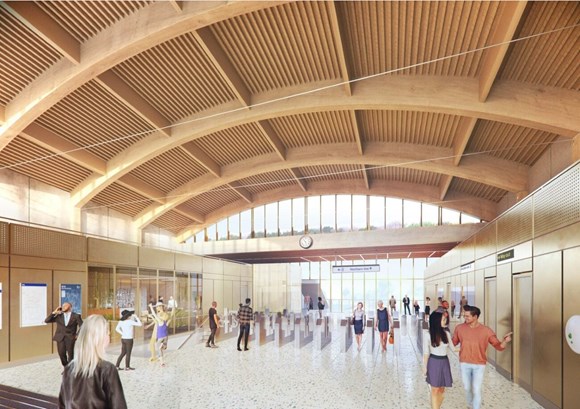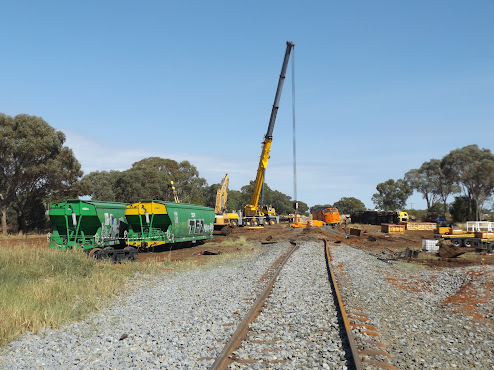The UK official safety watchdog, the Rail Accident Investigation Branch, is investigating a derailment in Manchester, England. The RAIB has issued an “Urgent Safety Advice” for the entire network, following evidence uncovered. Unusually, the RAIB has issued the warning while its deliberations continue, emphasising their concern. The RAIB believes it has identified a fault that could be systematic across the UK rail network.
Routine investigations following a freight train derailment at Audenshaw in Manchester have uncovered a hitherto unnoticed fault. Investigators have found critical bolts, which have sheared in such a way as to be hidden from normal inspection. The fault could cause tracks to move out of alignment under a train. It is strongly suspected that this caused the Manchester crash. The urgent warning is the first such directive of the year.
Duty holders take urgent steps
The government-backed watchdog routinely publishes a report after concluding its work. However, on finding a safety-critical matter, it can issue an “Urgent Safety Advice”, as it has done in this case. The RAIB has found several sheared bolts, which it says may not be noticed under existing inspection regimes. Specifically, the RAIB has recommended that ‘duty holders’ – including the main infrastructure management agency, Network Rail – undertake the immediate inspection of similar structures around the country.

In the late morning of 6 September, a bulk aggregates train derailed while passing over a bridge in Audenshaw, in suburban Manchester. Nine of the 24 wagons derailed, with the last of these coming to a stand on the bridge itself. No injuries were caused by the derailment, but it caused substantial damage and extensive disruption.
Track on legacy bridge structures
“Investigation indicates that the derailment was caused by gauge spread within the first half of the bridge,” said the RAIB. “The track having transferred from ballasted track to a longitudinal timber system as the train entered the bridge.” Timber elements still persist in many legacy locations on the ageing British railway network, particularly on minor bridge structures, like the damaged one in Manchester.
The RAIB has recommended that all ‘duty holders’ should take urgent steps to consider and mitigate this risk. Those responsible parties principally include the national infrastructure agency Network Rail, upon whom the greatest burden of care will fall. The directive also covers other infrastructure managers, and those companies responsible for maintaining or inspecting longitudinal timber systems.
Faults almost impossible to detect
The track geometry on the bridge is quite complicated. According to the RAIB report, the line both curves and cants, placing a combination of stresses on the failed chair screws. Preliminary metallurgical analysis revealed a combination of both low-cycle and high-cycle fatigue failure. In most cases, these failures were one or two threads below the shanks, making them almost impossible to see on visual inspection.

The RAIB says this type of failure has been seen previously in different circumstances. They noted the derailment of a freight train in Sheffield in late 2020. “The upper portion of a broken screw may still offer some resistance to rotation or removal by hand, which makes detection of an impending failure difficult,” says the RAIB report. “At the site of the Audenshaw derailment, there were no clear indications of significant baseplate, or baseplate packing, shuffle nor timber indentation.”
It seems difficult for any duty holders to take any action other than extensive inspections of at-risk structures. The RAIB has identified characteristics which may indicate a higher potential risk to longitudinal timber systems using hardwood timbers. If susceptible structures are widespread across the network, there is potential for significant short-term disruption. Maintenance schedules and services could be thrown into disarray, particularly if intensive inspections reveal any urgent remedial action.


